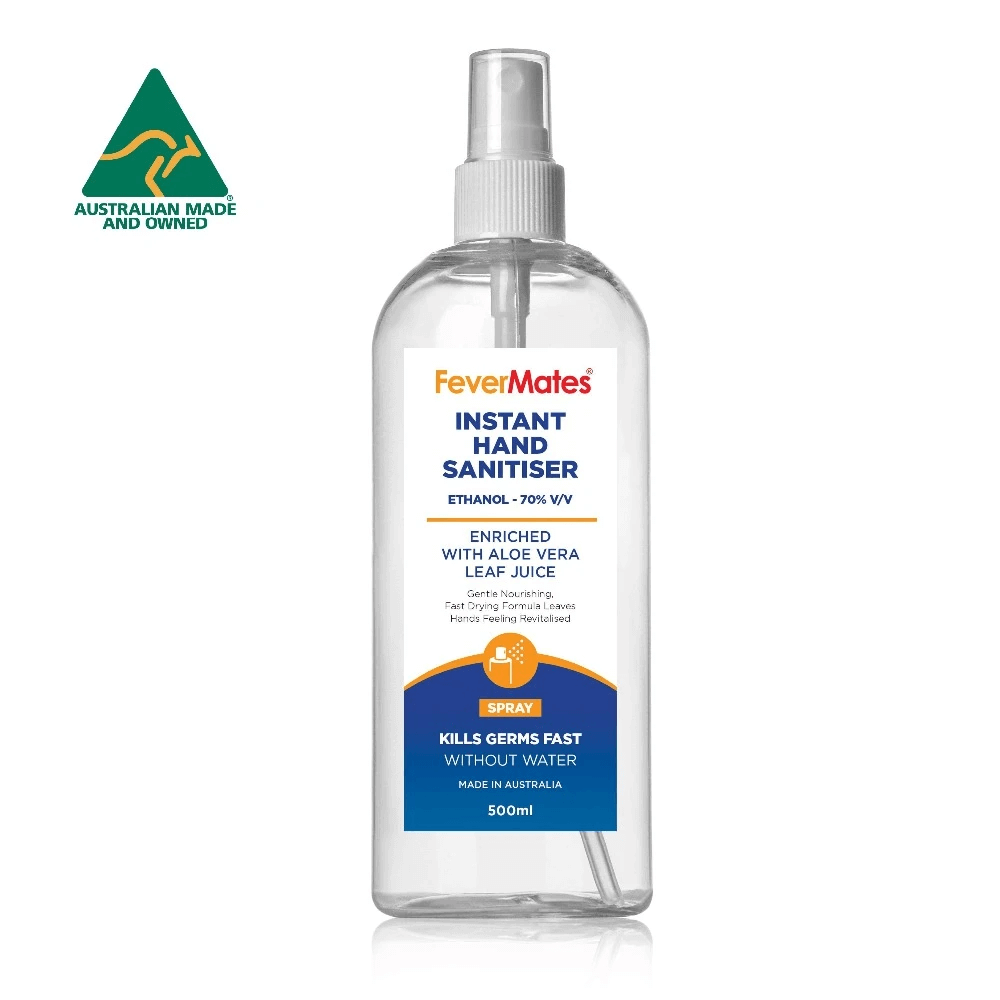COVID-19 has been found to be passed to other people through droplets and close contact. The droplets are released into the air by coughing, sneezing, singing, talking, or breathing. This means that carriers may infect other people whether they show symptoms or not.
These droplets are known to lose their potency after three hours. They're also less risky the farther away they travel from the source. Smaller droplets tend to spread apart in the air.
Many infections via droplets have occurred in poorly ventilated spaces. This has led to the assumption that the virus can spread to others even without close contact.
COVID-19 in Australia and elsewhere can also spread through contact with contaminated surfaces. When droplets land on objects and surfaces, people may contract the disease by touching these items.
Duration of SARS-CoV-2 survival on surfaces
Studies have shown that the duration of the virus can live on surfaces depends on several factors. These include hygiene, sunlight exposure, and temperature. Below is the average length of time it can survive on common surfaces:
- Cardboard: 24 hours
- Wood: 4 days
- Glass: 5 days
- Plastic and stainless-steel: 3 days
- Copper: 4 hours
Here’s how to clean common surfaces to help prevent the spread of COVID-19:
1. Clean before disinfecting
Cleaning and disinfecting are two different things. Cleaning entails getting rid of dirt from a surface. Disinfecting requires an antiseptic to kill germs.
Cleaning without disinfecting may not eliminate germs. So, get your cleaning supplies together first. Wipe off any grime or dirt before applying a disinfectant.
Common household cleaning supplies:
- Soap or detergent and warm water
- Water and vinegar
- Baking soda
- Lemon juice
2. Use the right disinfectant
Certain pathogens can survive cleaning, so disinfecting is crucial. Disinfectants that have been proven effective against the novel coronavirus include:
- Bleach
- Alcohol-based hand sanitiser sprays with at least 60% alcohol
- Hydrogen peroxide
- Disinfecting wipes
- Disinfectant sprays
Make sure your disinfectant has the right concentration. To see if a product is effective, check the product label or packaging.
To ensure maximum effectiveness, check the manufacturer’s instructions or recommendations.
3. Target germ hot spots
The kitchen and bathroom tend to harbour a lot of germs. However, to target the virus, concentrate on cleaning and disinfecting high-touch surfaces and objects:
- Doors, cupboards, drawers, cabinet knobs and pulls
- Handles and fronts of all appliances
- Faucets
- Cell phones, tablets and landline phones
- Light switches and switch plates
- Keyboards and computer mice
- Game controllers and remote controls
- Windows
- Kitchen and bathroom counters
- Tables
- Toilet seat and handle
- Staircase railings
Clean and disinfect your car as well. Door handles, the steering wheel, shifter and seatbelt buckles are objects that are touched frequently. Use the appropriate disinfectant to avoid damaging your vehicle.
Avoid unnecessarily touching surfaces in public areas. These include escalator railings, elevator buttons, and bathroom counters. Of course, establishments are expected to apply proper disinfection protocols.
Stay safe from COVID-19
Continue practising COVID-19 NSW health protocols to stay safe. Wear a face mask, practise physical distancing, and hand hygiene. And avoid crowded areas or enclosed spaces. Self-isolate if you experience COVID-19 symptoms and call emergency healthcare services.
COVID-19 is still here, so it pays to always practice these safety measures.
If you need hand sanitiser and surface sprays for your home or business (in bulk), please get in touch with Fever Mates.



